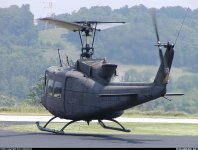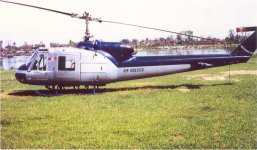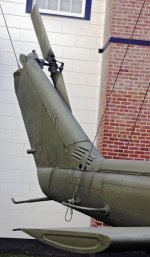I shot this pic last week at the RAAF Amberley Aviation Heritage Centre It's a UH-1 tail surface. Notice anything interesting? They screwed it on upside down! I've seen lots of helicopters, including H-1s, but I have never noticed this detail before. After a bit of Googling, it seems that the idea was to impart a nose up (tail down) force when the ship was moving forward because getting these things to move forward involves "pushing the nose down" and the designers wanted the tail surface to counteract this tenancy. The other interesting bit about this pic is that in this particular case, the surface is angled such that it would impart a nose down force. Is the tail surface on the H-1 movable? Can it be trimmed? If it is "trimmable", it seems they could have achieved the same effect with a "neutrally" shaped cross section, rather than an upside down airfoil. Very interesting.
-
There seems to be an uptick in Political comments in recent months. Those of us who are long time members of the site know that Political and Religious content has been banned for years. Nothing has changed. Please leave all political and religious comments out of the forums.
If you recently joined the forums you were not presented with this restriction in the terms of service. This was due to a conversion error when we went from vBulletin to Xenforo. We have updated our terms of service to reflect these corrections.
Please note any post refering to a politician will be considered political even if it is intended to be humor. Our experience is these topics have a way of dividing the forums and causing deep resentment among members. It is a poison to the community. We appreciate compliance with the rules.
The Staff of SOH
Helicopter control surfaces
- Thread starter PRB
- Start date



 .
.

